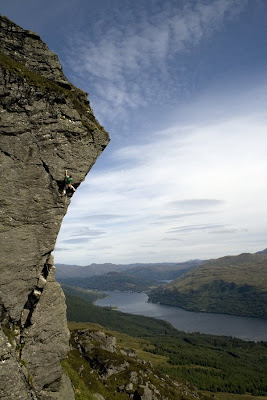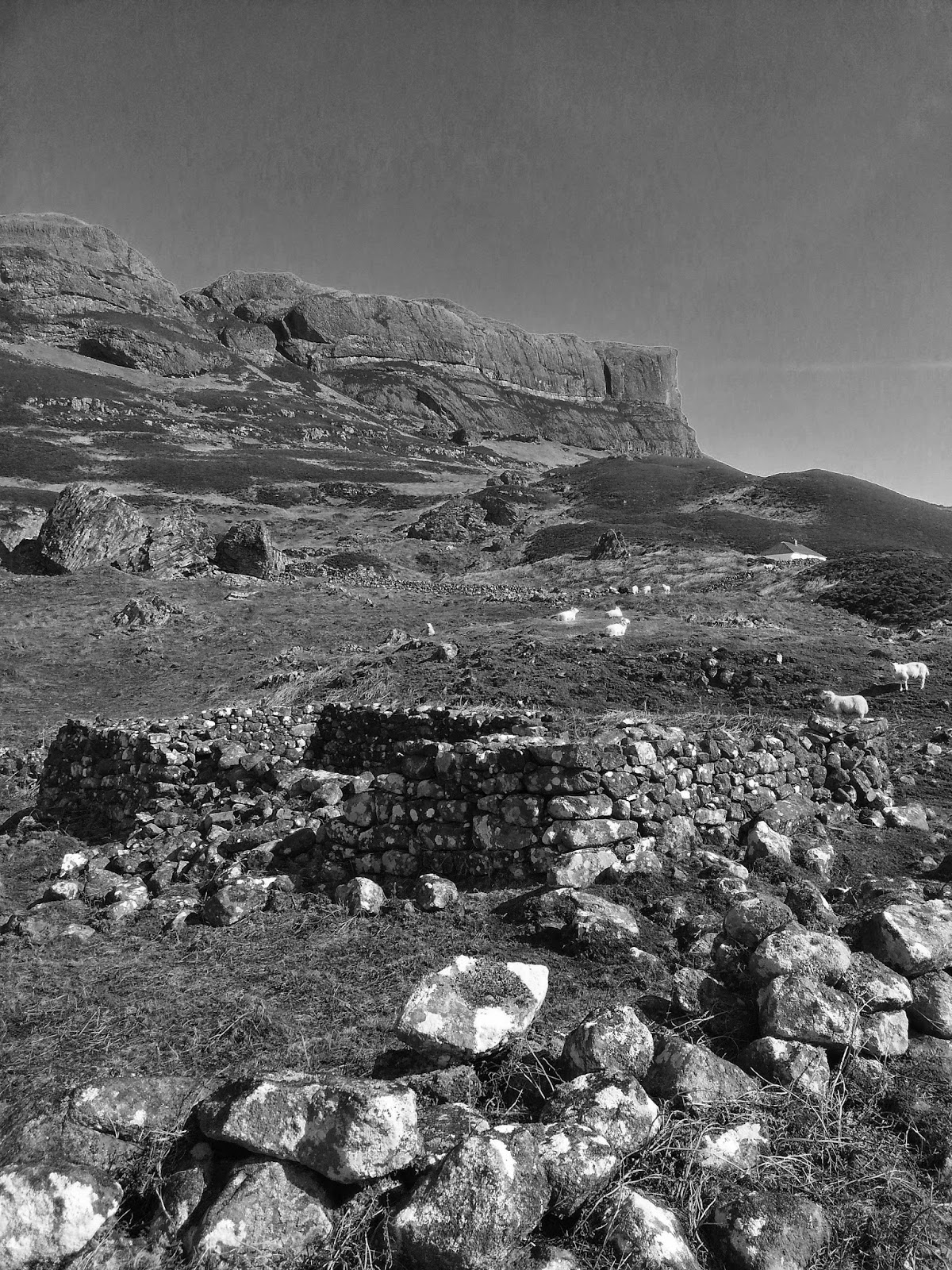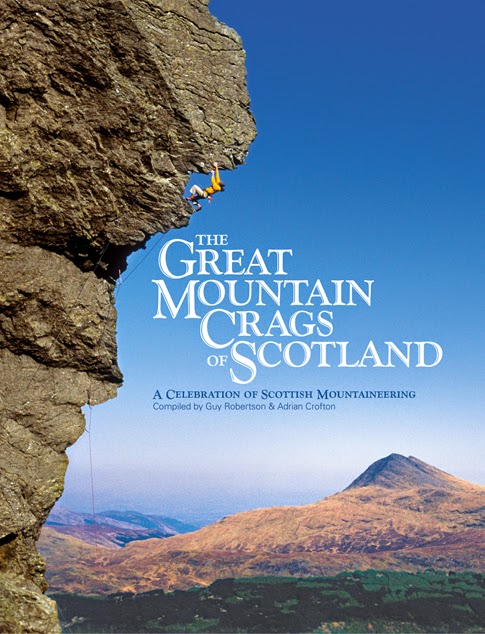'Big Stone Country' epic Scottish climbing book!
We are currently seeking photography for the next exciting project from
The core purpose of the book is to profile
If you would like to contribute photography, or you have a photograph of a classic Scottish modern extreme or winter route over Grade 5, please submit a jpeg or two to Guy or myself. All photography will be remunerated, or if you would like a commission to take a particular shot, please get in touch!
A list of routes is still in the making, but the criteria would be:
- Long - i.e. typically multi-pitch, and approaching a full rope for any single pitch inclusions;
- High - i.e. on what is generally accepted as a mountain crag, with a bit of a walk-in etc;
- Wild - i.e. within an inspiring setting of wilderness and mountain grandeur;
- Quality - i.e. only routes most folk agree are the best;
- Trad - i.e. climbed by at least one party from the ground-up using natural pro;
- Modern - i.e. at a reasonably high standard (>E2 or grade IV) and put up in the last 20 or so years;
- Aesthetic - i.e. following a good, strong line.
Cheers and happy cranking!
Stone Country Press Ltd.
61 Sinclair Drive
Glasgow
G42 9PU
Website: www.stonecountry.co.uk
Contact: John Watson 07901 767 532



